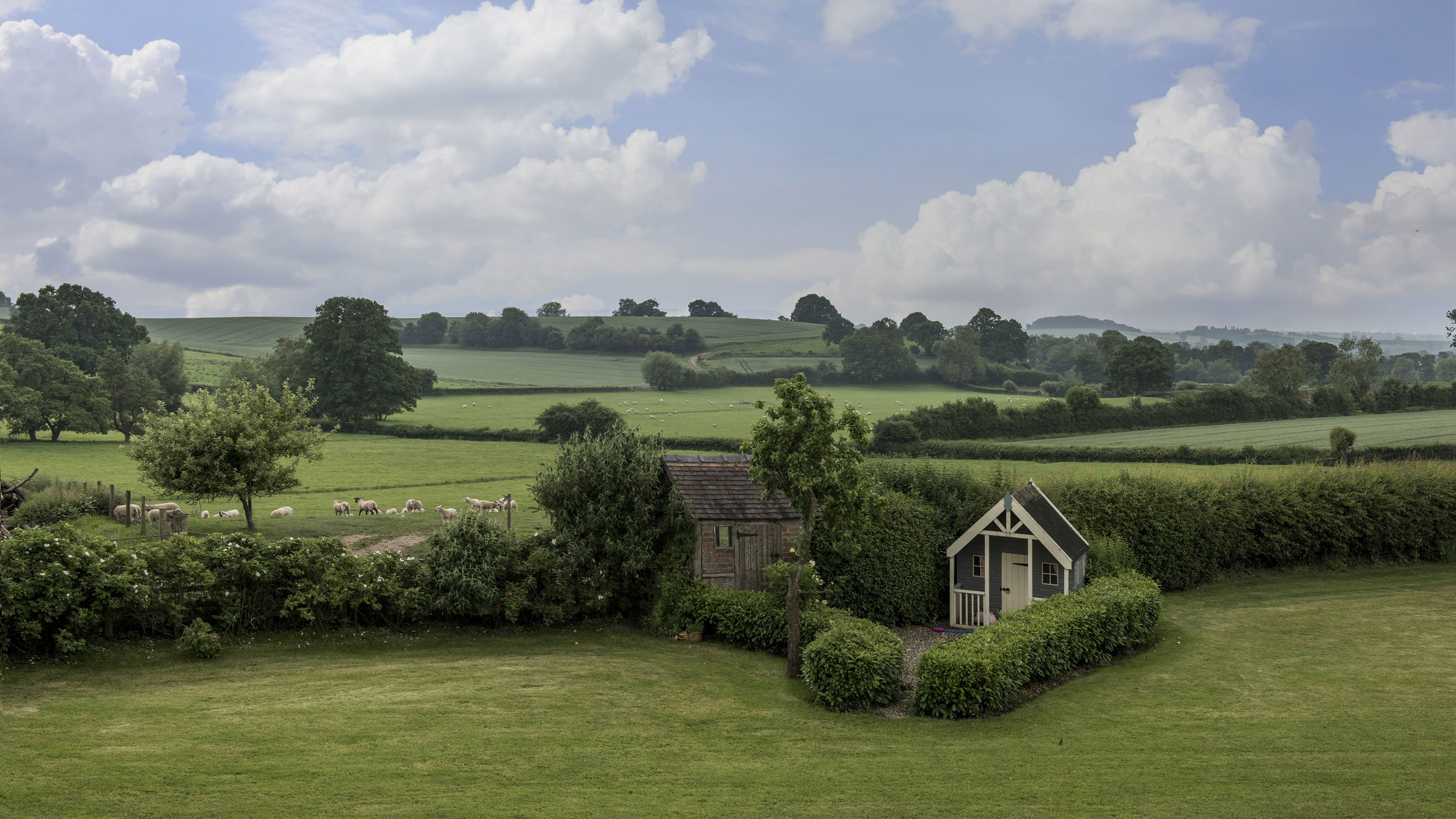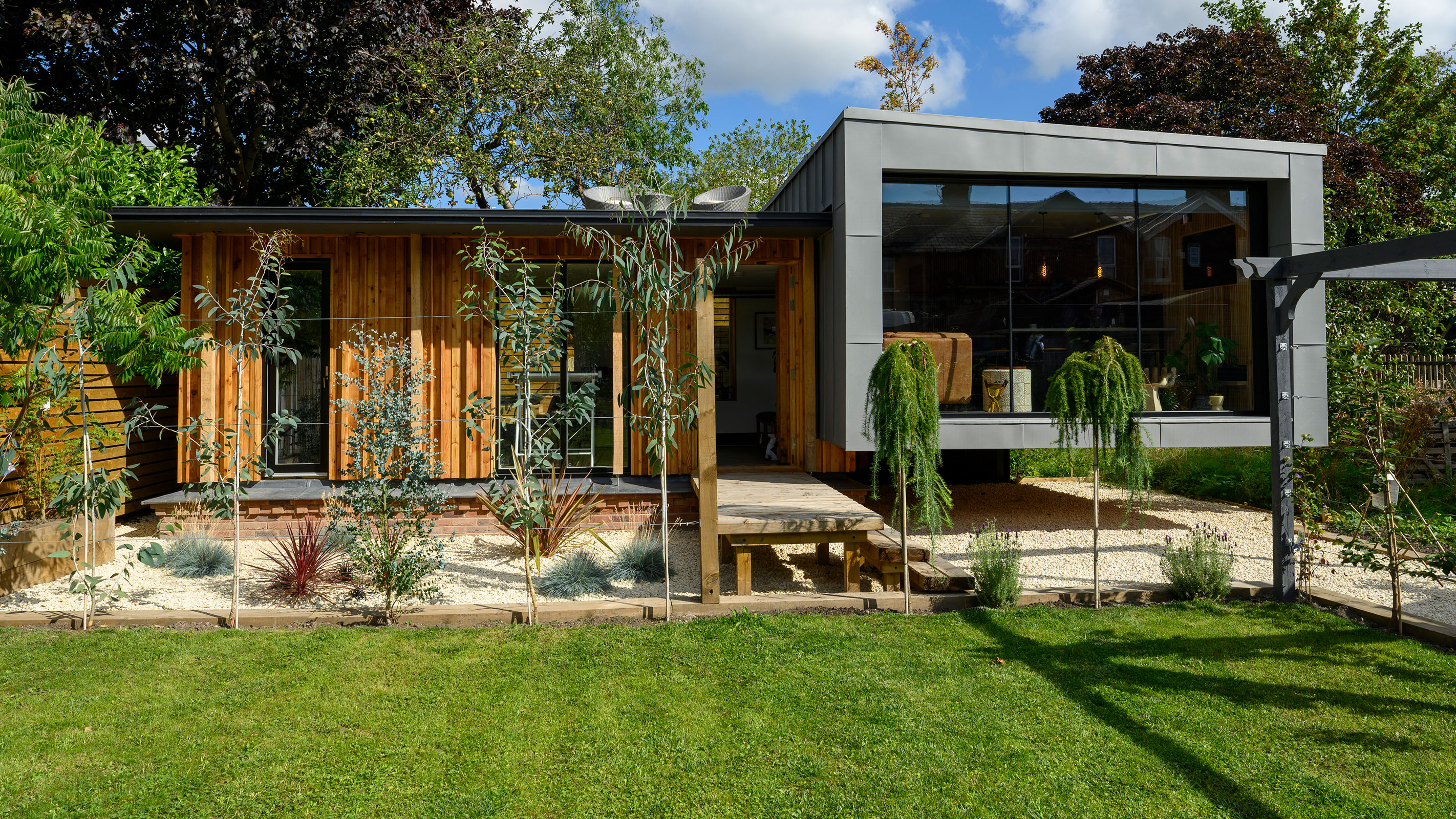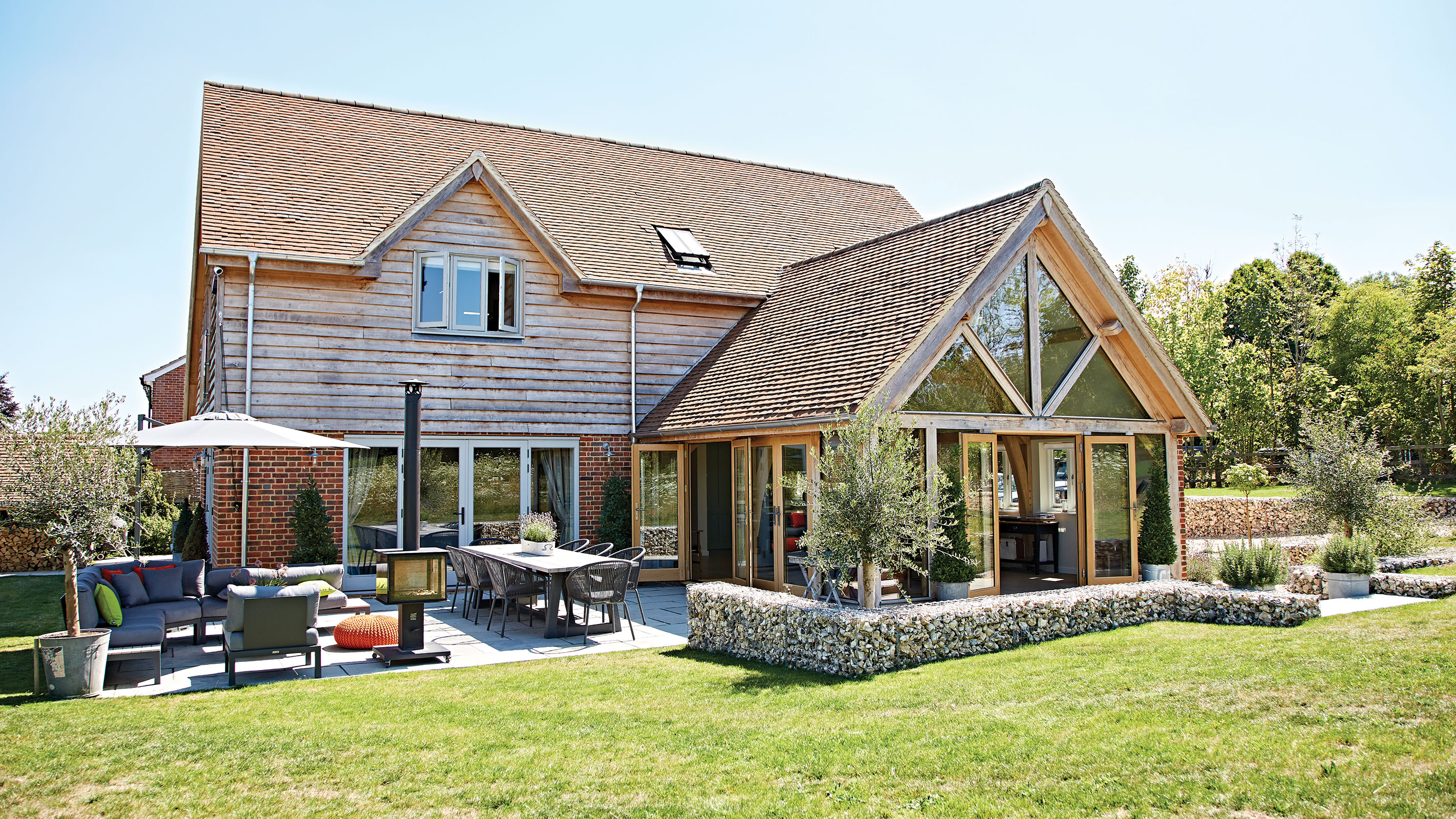How to get planning permission on a greenfield plot
Building a new home on a greenfield site can be incredibly appealing to potential self builders, but how easy is it to secure permission for one of these plots? Simon Rix reveals his expert tips for success

There is a reason people are so keen to build on greenfield sites. The allure of building a dream home on a spacious, untouched piece of land has always captured the imagination for many.
However, the journey from vision to reality, particularly when it comes to greenfield sites, involves intricate steps and a deep understanding of the planning permission process.
While it is certainly a more involved process than building, say, a replacement dwelling, that is not to say it is impossible and in this article, Simon Rix delves into the world of greenfield plots, shedding light on what they are, how to secure planning permission, and the intricacies that can spell success or challenge for aspiring self builders.
What is a greenfield site?
In terms of plot types a greenfield site is a piece of land that has never been built on or has been used only for agriculture or forestry. It is usually located outside the existing built-up areas of towns and villages, and often has natural features such as trees, grass or water. Greenfield sites are considered to be more environmentally sensitive than brownfield sites, which are previously developed land that may be contaminated or degraded.
Greenfield sites should not be confused with greenbelt land, which is a different planning designation. Greenbelt land is a ring of countryside around urban areas that is protected from development to prevent urban sprawl and preserve the character of rural communities. Greenbelt land can include both greenfield and brownfield sites, but not all greenfield sites are in the greenbelt — in fact, most are not. If you want to check if your land, or the plot you are interested in buying, is in the greenbelt, then you could ask a planning consultant. I always find out this information for potential clients as part of my initial free-assessment for them.
What types of greenfield plots are available?
Greenfield plots can vary in size, shape, location and price. Some common types of greenfield plots that may present themselves to self builders are:
- Large gardens: Some homeowners may decide to sell part of their garden as a separate plot for development. This can be an attractive option for self builders who want to be close to existing amenities and services, and who may benefit from the existing planning status of the main house.
- Small fields or land within the development boundary of a settlement: Some rural areas may have small parcels of land that fall within the settlement boundary, which is the area where development is generally allowed. These plots may be suitable for self builders who want to enjoy a semi-rural setting but still be part of a community.
- Edge-of-village sites: Some villages may have opportunities for development on the edge of their existing built-up area but just outside it, especially if there is a local need for housing or if the site is allocated for development in the local planning policies for the area. These plots may offer a balance between rural and urban living, and may have good access to transport links.

Getting planning permission on a greenfield site
Getting planning permission on a greenfield site can be challenging, as there may be more planning policies and constraints to consider than on a brownfield site. However, it is not impossible, and there are some key variables that can improve your chances of success:
- Design: The design of your proposed home should be sensitive to the character and appearance of the surrounding area, and should respect the scale, massing, height, materials and layout of existing buildings nearby. You should also consider how
your design will impact the landscape, wildlife, heritage and amenity of the site and its neighbours. You may want to design with the local vernacular in mind, which means using local styles and materials that reflect the history and culture of the area. Alternatively, you may opt for a contemporary design that contrasts with the traditional context but still complements it in terms of quality and sustainability. - Consultation: Before submitting your planning application, you should consult with the local planning authority, the parish council, your neighbours, and any other relevant stakeholders. This will help you understand their views and expectations, identify any potential issues or objections, and address them in your proposal. You should also demonstrate how your proposal will contribute to the social, economic, and environmental wellbeing of the area, such as by providing affordable housing, creating jobs, or enhancing biodiversity.
- Evidence: To support your planning application, you should provide sufficient evidence to justify why your proposal is appropriate for the site and how it complies with the relevant planning policies and guidance. This may include a design and access statement, a site analysis plan, a landscape impact assessment, an ecological survey, a transport statement, a flood risk assessment, or any other technical reports that may be required by the local planning authority.

What are the advantages of greenfield sites?
Greenfield sites have both pros and cons for self builders. Some of the advantages are:
- Design freedom: Greenfield sites may offer more design freedom than brownfield sites, as you may not have to deal with existing structures, features or constraints that may limit your options. You may have more scope to create a bespoke home that suits your needs and preferences, and that expresses your own personality and style.
- Site potential: Greenfield sites may have more potential to add value to your project, as they may have more attractive features such as views, natural light, privacy, or space. You may be able to enhance these features with your design and landscaping, and create a home that is more desirable and more marketable.
- Site availability: Greenfield sites can sometimes be more available and affordable than brownfield sites, as they may be less in demand and less competitive. You may have more opportunities to find a suitable plot that meets your criteria and budget, and that is located in your preferred area.
Disadvantages of greenfield sites
Of course there are also some disadvantages to consider and these include:
- Lack of services: Greenfield sites may not have easy access to utilities such as water, electricity, gas, drainage systems or broadband. This may increase the cost and complexity of your project, as you may need to install new connections or use alternative sources such as boreholes, solar panels, septic tanks or satellite dishes.
- Planning difficulties: Greenfield sites may face more planning restrictions and objections than brownfield sites, as they may have more impact on the environment and the countryside. You may need to overcome more hurdles and demonstrate more benefits to get planning permission, and you may have to compromise on some aspects of your design or scale down your ambitions.
- Site issues Greenfield sites may have some hidden site issues that may affect your project, such as poor soil conditions, unstable ground, archaeological remains, protected species or contaminated land. You may need to carry out more site investigations and surveys to identify and resolve these issues, which may add to your
time and budget.
Should I buy a greenfield plot?
Greenfield sites can be a great option for self builders who want to build their dream home in a rural or semi-rural setting. However, they also come with some challenges and risks that need to be carefully considered and managed.
By following the tips and advice in this article, you can increase your chances of getting planning permission on a greenfield site and achieving a successful self build project. There is no doubt, though, it will be harder to persuade the local planning authority to consent a home on a greenfield site, and so the quality of the arguments used in some of the documents above will be key. This is why you’d be well advised to get the help of an experienced planning consultant from the very start.

Is a professional planning consultant and runs Planix.UK Planning Consultants Ltd.
Get the Homebuilding & Renovating Newsletter
Bring your dream home to life with expert advice, how to guides and design inspiration. Sign up for our newsletter and get two free tickets to a Homebuilding & Renovating Show near you.
Simon Rix is a professional planning consultant, who began his career working in local government in the 1990s. He was a council officer and later an elected councillor, so he knows how the planning system works from both sides. He went on to set up Planix.UK Planning Consultants Ltd; a consultancy company that advises self builders, home extenders and those taking on small to medium-sized building projects on planning permission.

